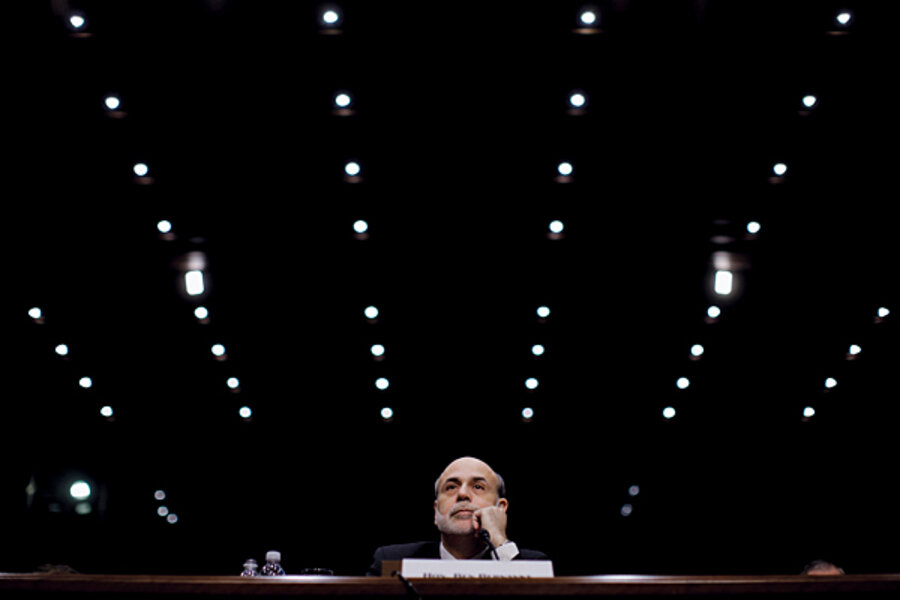The debt ceiling is Congress's way of controlling how much the Treasury can borrow. The current debt limit is $14.29 trillion. The Constitution gives Congress the job of managing federal spending and borrowing, and Congress then taps the US Treasury to carry out its directives. When spending plans aren't matched by tax revenues, the government generally must borrow.
In the nation's early years, borrowing was authorized case by case, with parameters set by Congress. But for more than 70 years, the House and Senate have agreed on an overall debt limit. The ceiling has been adjusted upward frequently, more than 40 times just since 1980.
Some budget experts say the cap isn't necessary and mainly provides for periodic grandstanding by lawmakers about a debt problem of their own creating. To date, the imposition of caps has done little to check the rise of the nation's debt.
But others say that, as messy as the periodic votes on the ceiling can be, the process can prod lawmakers to focus on the long-term consequences of their spending decisions.





